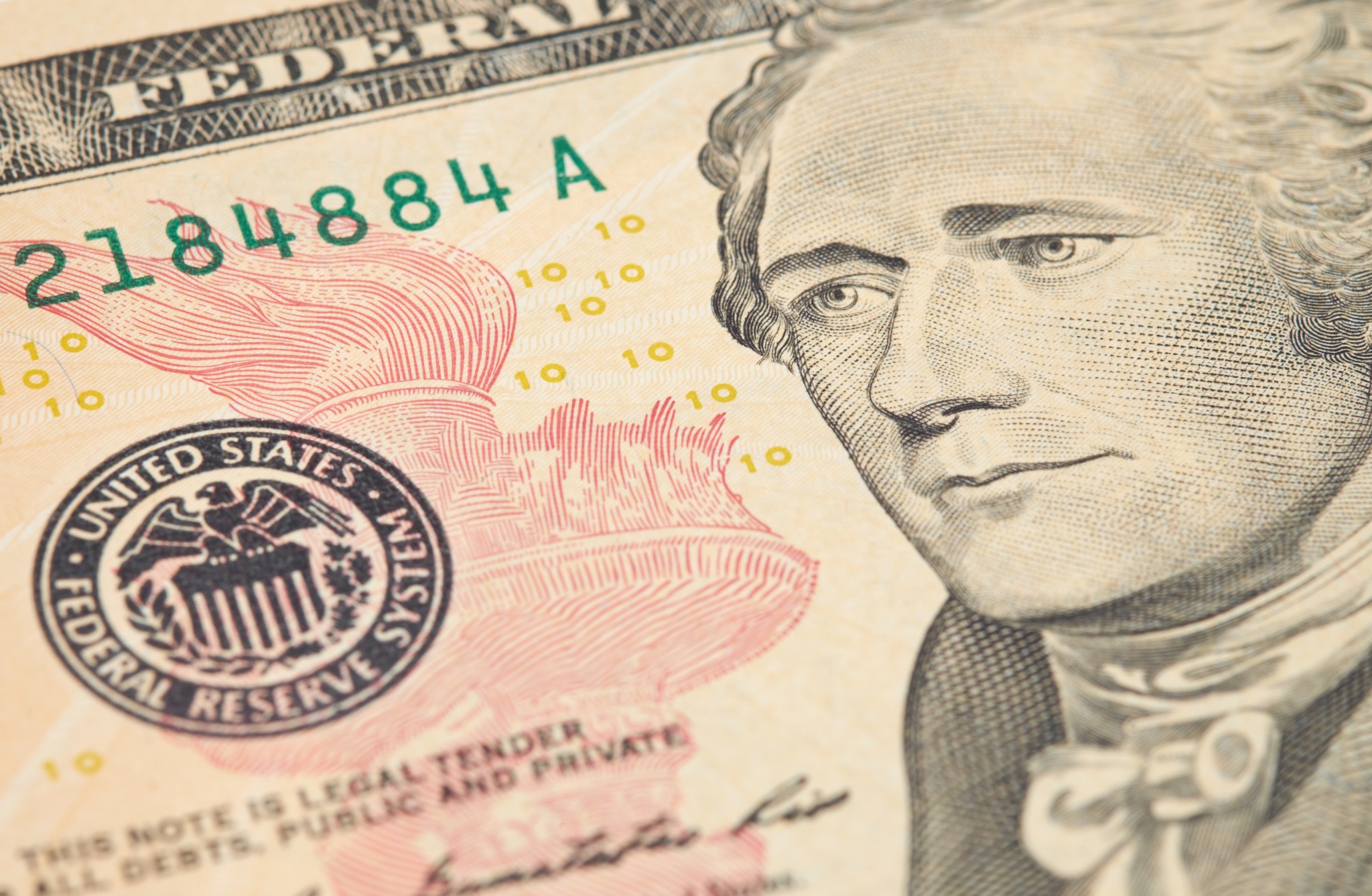The United States declared independence from Great Britain on July 4, 1776 and won the American Revolutionary War. But still, we were not truly independent. Our agrarian economy depended on Great Britain. They had the banking system, they had the factories, they had the knowhow.
Where are we going? To Hamilton Economics, then and now.
Alexander Hamilton’s Development Program
Alexander Hamilton’s goal was to expand the U.S. banking system, our transportation infrastructure, and technological innovation. He wanted factories that would process what our farms and plantations grew. So, in three separate reports, he explained to the Congress what they had to do.
Establishing Public Credit
Then
- Hamilton said a national debt is a blessing if it’s not too large. Borrowed money had helped the U.S. finance the Revolutionary War. Also, though, those lenders had to know we would pay them back. With European creditors, the U.S. had to pay back the money that was due them while domestic creditors needed to know we had a viable plan. Only then could Hamilton establish the good credit that was necessary for sound finance.
Now
Since then we have been borrowing money and never defaulted:
 Creating a Banking System
Creating a Banking System
Then
- Composed of financial intermediaries that connect savers to borrowers, a banking system “pumps” money around the economy. Banks loan money to business start-ups and help firms finance inventory. They expand and contract the money supply and purchase the bonds that nations sell to raise money. By establishing the First Bank of the United States, Hamilton generated the beginning of a banking system that pumped money around the U.S. economy.
Now:
Banking has been characterized by increasing consolidation. The big four are Citi, JP Morgan Chase, BOA and Wells Fargo:
The increasing number of larger banks further demonstrates the consolidation trend:
Diversifying Production
Then
- Economic diversity was the third leg of Alexander Hamilton’s plan for economic independence. Recognizing that the U.S. in 1790 was a farming economy, he sought tariffs and subsidies to protect and support a complementary manufacturing sector. Correct again, Hamilton knew that the combination of agriculture and manufacturing could create an economic foundation from which we could build.
Now
Primarily a producer of services, the U.S. economy is close to 20% manufacturing. While the value of manufacturing output is up, the number of jobs is down:
Our Bottom Line: Déjà Vu
Hamilton’s goals are timeless. We still need to manage sovereign debt wisely, support a vibrant banking system and generate a resilient GDP through a diversified economy.
My sources and more: This Fortune article sums up the Hamiltonian legacy ideally. (To improve clarity, this post was slightly edited after publication.)











Enjoyed the blog.